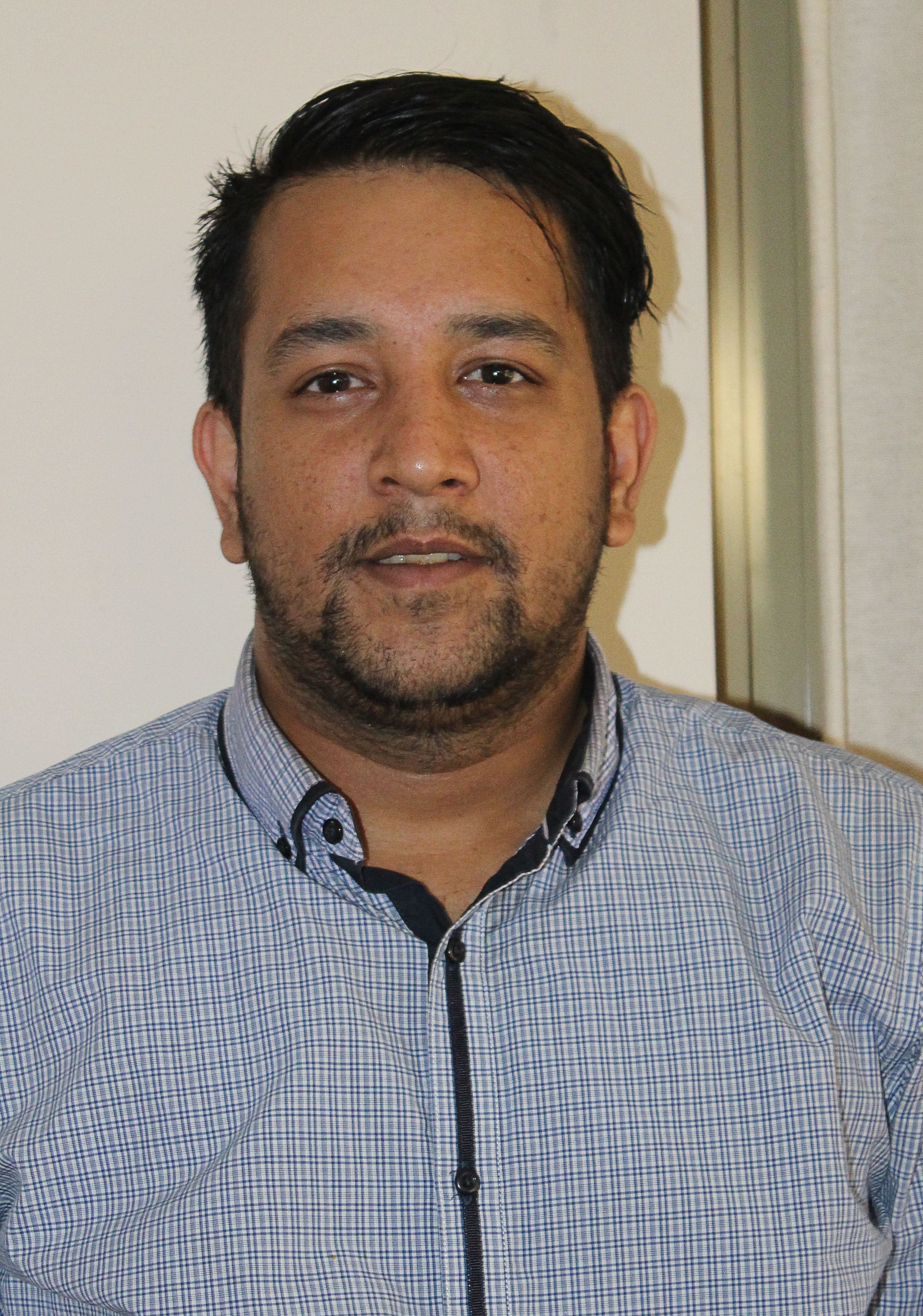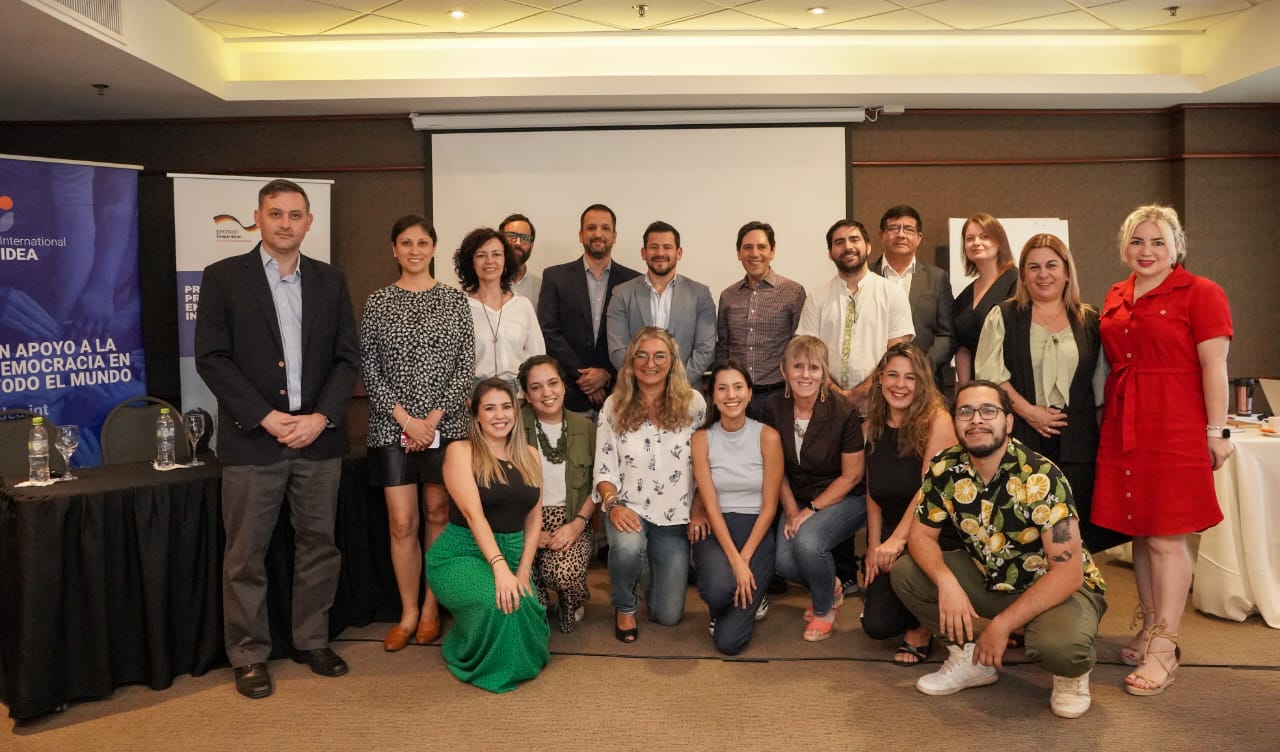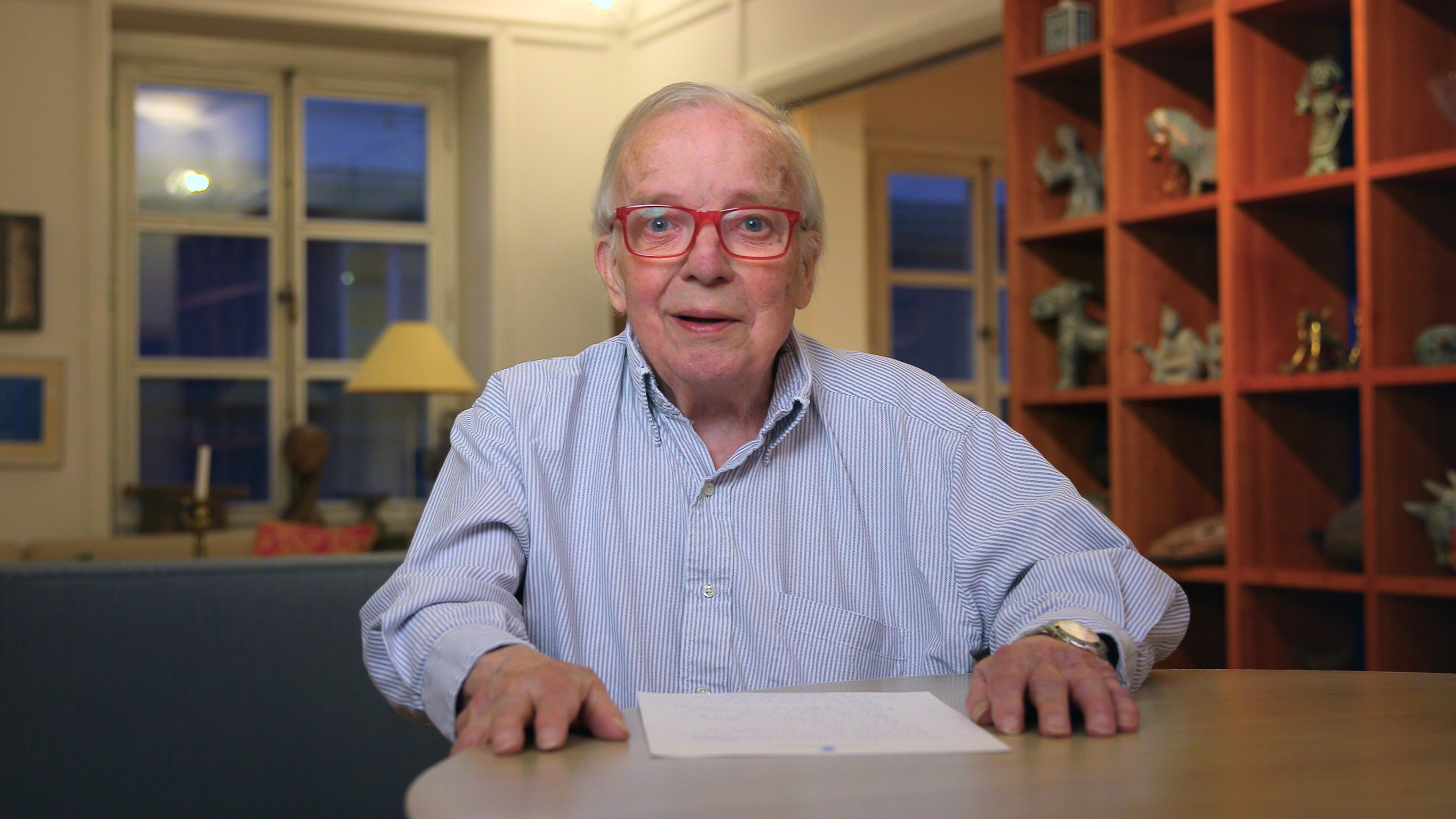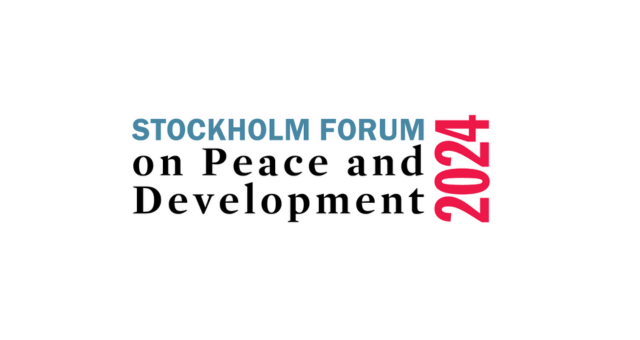Election observers make use of the ERM Tool in Nepal
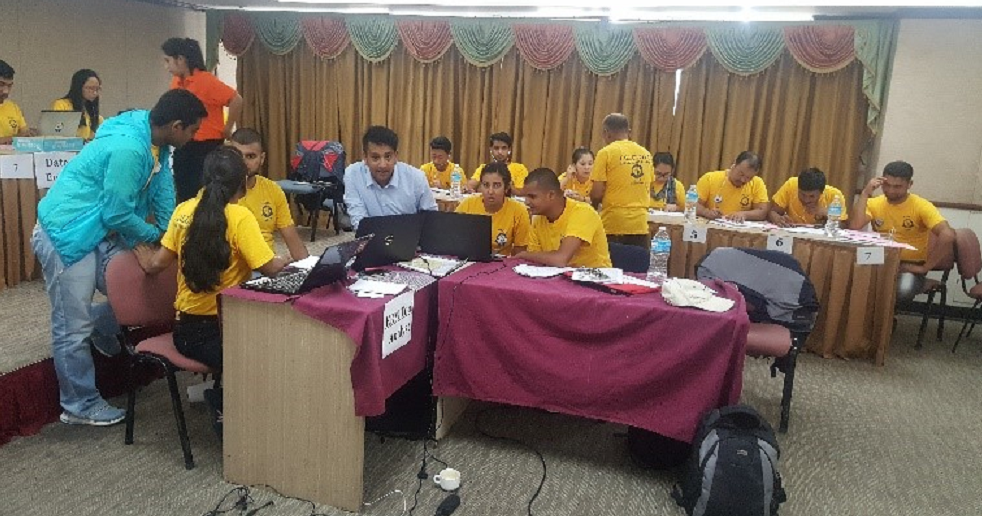
The year 2017 was significant for elections in Nepal. The nation conducted local elections in May, June and September, as well as provincial and parliamentary elections in November and December. Throughout the local election period, Nepal’s National Election Observation Committee (NEOC) made effective use of International IDEA’s Electoral Risk Management Tool (ERMTool).
International IDEA developed and launched the ERMTool as a global public good in October 2013. The tool is designed to empower stakeholders who have either a mandate or an interest in ensuring the conduct of peaceful and credible electoral processes, including electoral management bodies, security sector agencies, civil society and other state or non-state actors.
International IDEA presented the ERMTool to the NEOC in April 2017 and provided technical training to 10 NEOC staff and volunteers in May and October. The NEOC is a coalition of human rights groups, civil society organizations and distinguished individuals, which holds the values and principles of universal adult suffrage enshrined in the Universal Declaration of Human Rights (UDHR) and International Covenant on Civil and Political Rights (ICCPR). In conducting its activities, NEOC coordinates the election observation process in close cooperation with the Election Commission of Nepal and other related governmental and non-governmental institutions engaged in electoral education and observation.
“NEOC’s use of the ERMTool for election observation is significant in the sense that it demonstrates the flexibility of the tool”, said International IDEA Programme Officer, Erik Asplund.
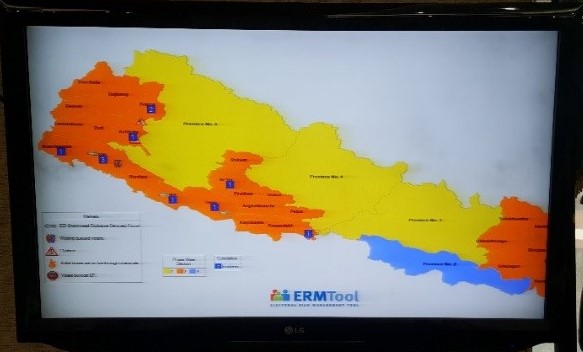
NEOC used the ERMTool during the second and third phase of the local level elections, as part of their election observation mission. They also used the ERMTool for their own security analysis before, during and after the second and third phase elections. In particular, the tool was used for incident reporting with a focus on the campaign period as well as the voting and counting processes. The information was verified, catalogued and entered into the tool at a NEOC Call Center for Observers in Kathmandu. The reporting was completed by 800–1,700 observers deployed throughout the country. Some examples of Risk Alerts/situation report generated by NEOC making use of the ERMTool include: restrictions to observers by polling station staff, clashes between political parties, and improvised explosive devices found or exploded close to electoral events or facilities.
Overall, “The use of ERM Tool has greatly enhanced NEOC's capacity in election observation, especially by strengthening information retrieval, verification, processing and presentation” as quoted in the final report submitted by NEOC to International IDEA. Also, in their final report NEOC pointed out that, the ERM Tool has the capacity to accumulate and store large amount of qualitative and quantitative data, so as NEOC plans to use the Tool for successive elections, the amount of data will increase over time which will eventually help NEOC for: Cross-election analysis; inform and focus on electoral reform processes, and assist the planning and implementation of successive electoral processes.
More information about the ERMTool can be found at: https://www.idea.int/data-tools/tools/electoral-risk-management-tool
